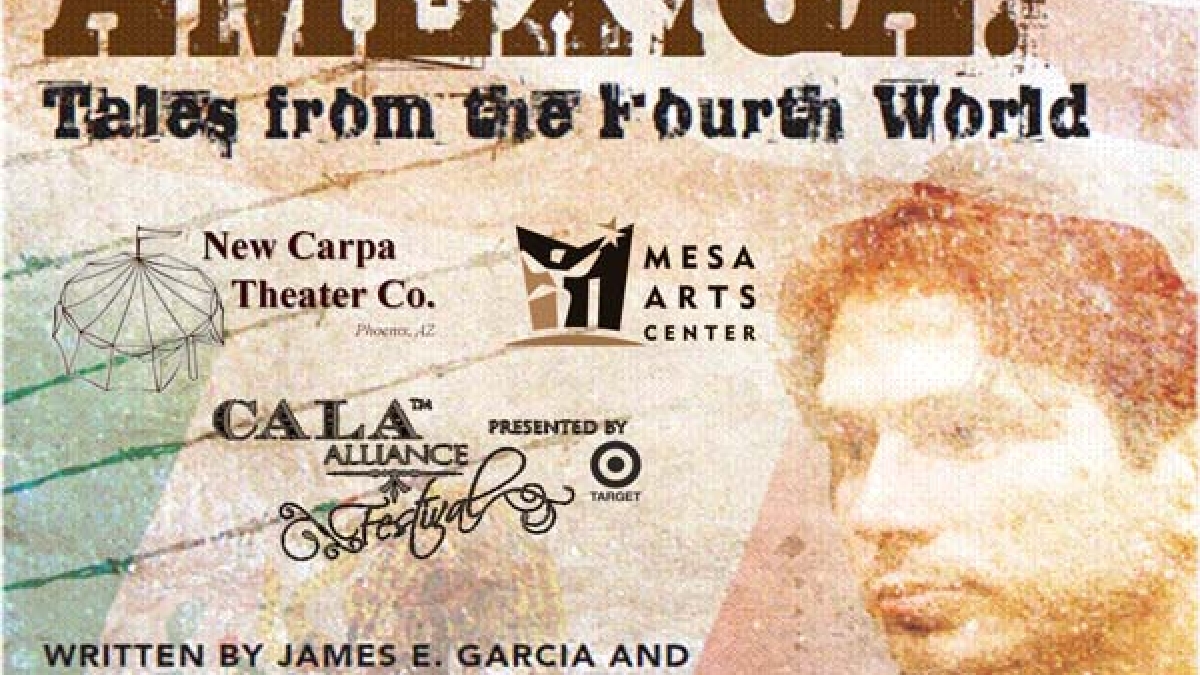Regents' Professor Alberto Ríos launches multifaceted collaboration

Creative acts come from inspiration and they, in turn, inspire others. Take this concept and multiply it by several talented artists working in various disciplines and you’ll start to understand the genius behind the multimodal collaboration “Amexica: Tales of the Fourth World.”
This story of an aspiring poet on a search for his birth mother through the border towns of Mexico is co-written by ASU Regents’ Professor of English Alberto Ríos and alumnus James E. Garcia (MFA 2005), founder and producing artistic director of the New Carpa Theater Co. in Phoenix.
The narrative Ríos and Garcia created follows a young poet on a journey that is both timely and timeless; by seeking a deeper understanding of his own origins he humanizes the worlds of the border towns he visits. Although the story is not autobiographical, Ríos did infuse some of his own unique understanding, having grown up in the border town of Nogales, Arizona.
In the play, each locale is captured as a concrete, discrete place in a layered, multimedia experience: projected images of the locations provide a backdrop for the narrative. Interspersed are Ríos’ poetic interludes, which, he said, are intended to allow the audience to find “a reasonable pathway to things that seem impossible.”
Accompanying the action is original music by Quetzal Guerrero and coordinated by Ruth Vichules, with choreography by dancer Michele Ceballos. Together, these artists weave a dramatic understanding of this “fourth world” that takes their audience beyond the daily news reports and makes real the places and the lives lived there.
Ríos and Garcia had been planning a collaboration for a couple of years, Ríos said, and when funding became available from CALA Alliance, a “community-based organization dedicated to educating and inspiring all Arizonans about the richness of our Latino cultural heritage” (calaalliance.org), the two got to work, completing their project in a matter of months. The Mesa Arts Center offered its Nesbitt/Elliott Playhouse, director Barbara Acker signed on, and additional support came from Childsplay, ASU Gammage, and the Herberger Theater Company.
“Amexica: Tales from the Fourth World” will show at the Mesa Arts Center’s Nesbitt/Elliott Playhouse, 1 Main Street, Mesa, Arizona, from October 22 through November 6. Tickets are on sale at mesaartscenter.com.
Written by Jan Kelly